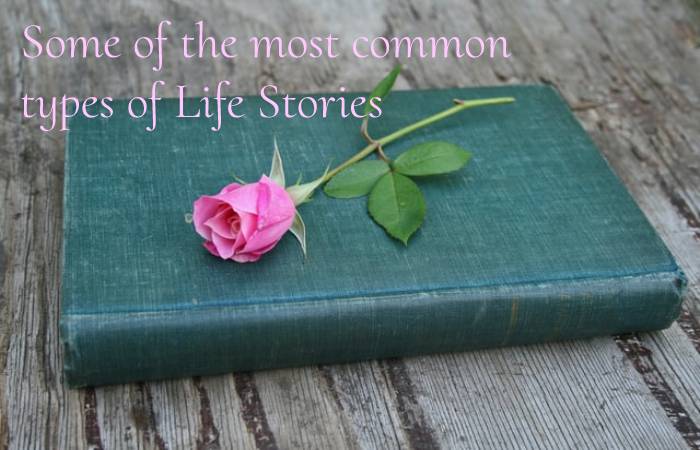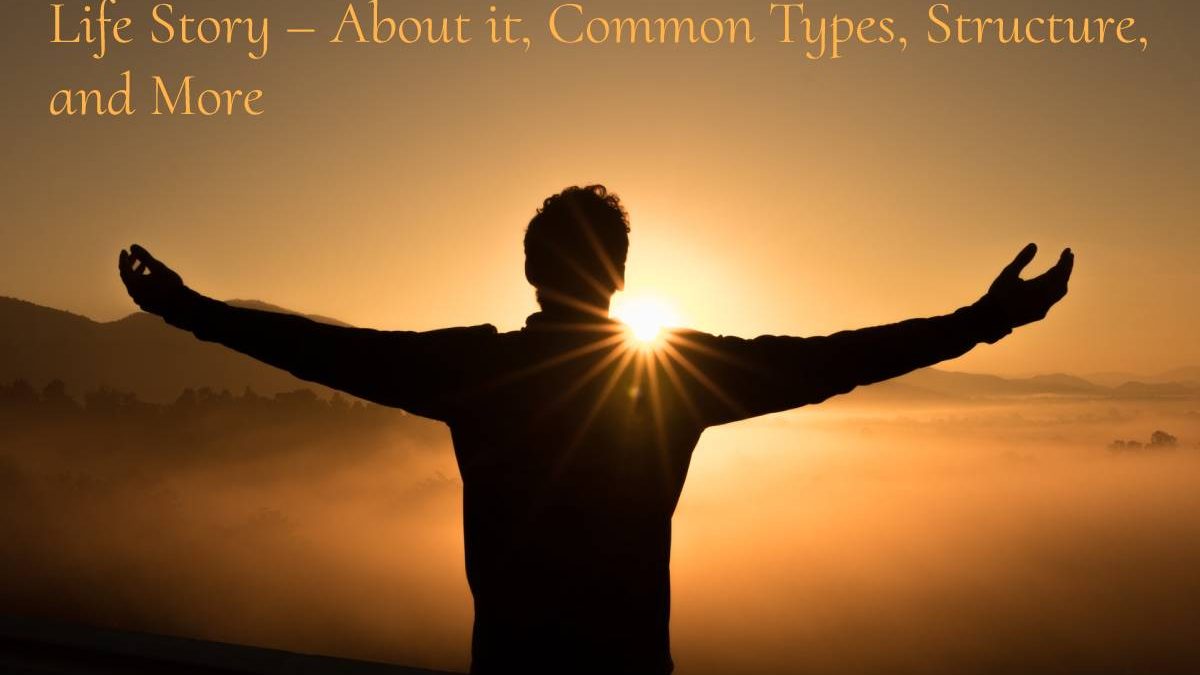Life stories are conversations or stories about various topics from the protagonist’s own life. It is also called a life book, a memory book, or even a personal album.
Generally, these biographical research techniques are an occupational therapy method in residences or day centres, such as the MIT Day Center in Madrid. The main objective of the definition of life history is to relate a person’s strong trajectory and various experiences. In addition, residences or day centres, such as the MIT Day Center in Madrid, use life stories to practice personalized care. Each person participates and feels part of that attention as a unique case.
This autobiographical narrative technique is a vital tool that provides information about the person and improves social relationships.
Table of Contents
What is a Life Story?
The definition of life history is a narration technique and, sometimes, therapeutic, through which an autobiography elaborate. This technique uses in different contexts, and, therefore, its objectives may vary depending on the central theme. For example, it is widely charity in psychotherapy and occupational therapy.
Some of the most common types of Life Stories

o Biographical techniques in gerontology. These techniques aim at reinforcing identity and the feeling of personal integrity in the older person.
o Life project in psychotherapy and research. The psychotherapist or researcher can learn objective data about a person through their study or oral interview with the older person.
How do you make a Life Story?
The basic functioning of life stories is built on organizing and structuring a person’s memories from their point of view. That is to say, it is a biographical account in the first person and subjective.
For this reason, the life story collects chronological and objective facts and the vision, ideas, and interpretations of the person.
It is very positive, as it requires them to access your emotional memory. In addition, it helps to configure in your mind the events that have been representative and important in your life.
To make the life story or the different types of accounts, a second person must participate, usually a therapist, who will be the one who collects the person’s biography through an interview and helps him structure and write it.
This “memory guide” is performed as one more practice within a strategy of occupational therapy techniques. It is pervasive to do it in day centres and residences, such as our day centre in Madrid.
Structure of a Life Story
To prepare this life story, the collaboration of another person is necessary, who can be the therapist himself or a family member.
The structure of a life story is variable since it will focus on the therapist’s objectives. The therapist will base his techniques on qualitative research to develop a person’s different types of life stories. For example, there is a specific structure for gerontological focused life history types.
The structure of this life story is already pre-made and consists of answering several topics, such as:
- Basic data: name, address, telephone, age,
- Childhood: date and place of birth, name of parents, friends, school, friends, relatives.
- Adolescence: studies, loves, friends, university, work.
- Maturity: marriage, children, jobs, housing, hobbies.
- Present: current society, social reality, environment, family.
- Other memories or concerns: if you have lived in a historical period, exciting topics, such as the world war, other personal documents such as photos, books, or even crossed lives with other people.
The preparation of a life story by the older person is carried out through a personal interview, which aims to enhance memory since the older adult will force to evoke all the memories of their existence. In addition, this research method will help reinforce her identity as a person, which can be especially useful in people with some degree of dementia or Alzheimer’s.
In turn, the accompaniment of a family member in the processor showing the work carried out afterwards will help strengthen their communication and their family and affective ties. Therefore, these activities are very beneficial because they give the patient motivation and an obligation to feel involved in their day-to-day routines.
Characteristic Elements
When capturing a life story in writing, those relevant aspects that played a fundamental role in personal development or evolution should consider. Another element that should be prominent were the people who formed an essential part during the evolutionary process, that is, those who in one way or another accompanied you and were by your side through thick and thin.
It would help if you also highlighted those without whom you would not have been able to get to where you are and inspire others, regardless of whether they acted for good or bad. Because without those people or experiences, you would not have reached the goal. It is essential to indicate the events and occurrences to know where to start. Writing in a timed manner and as accurately as possible.
Conclusion
An autobiography is the story of a superstar’s life, written by that person. And a memoir is a collection of memories write the person. So the three primary formats used to tell a life story are a biography, an autobiography, and a memoir. Distinguishing between the three can feel confusing since they all share several similarities. But there are some distinct differences.


Review Life Story – About it, Common Types, Structure, and More.